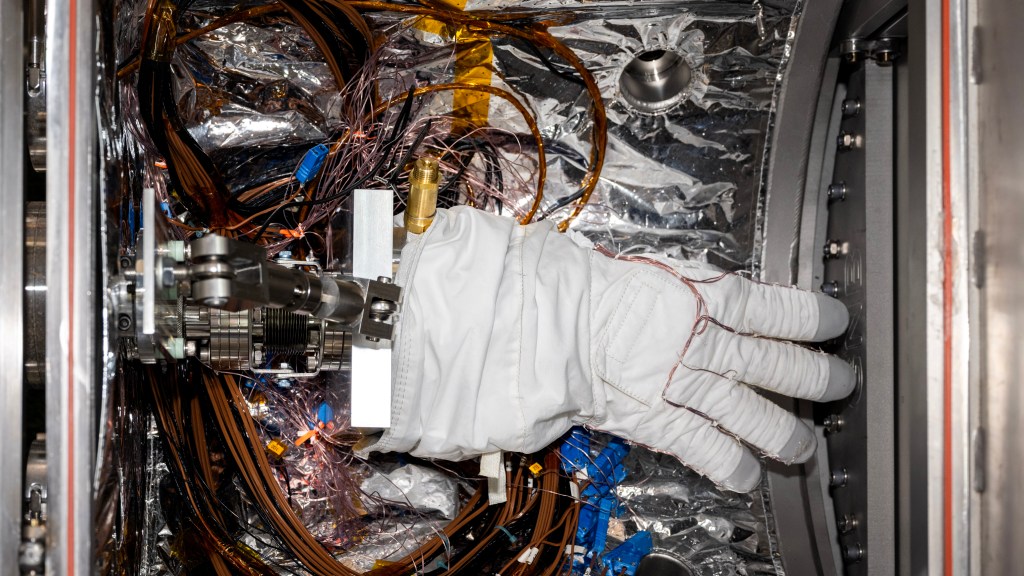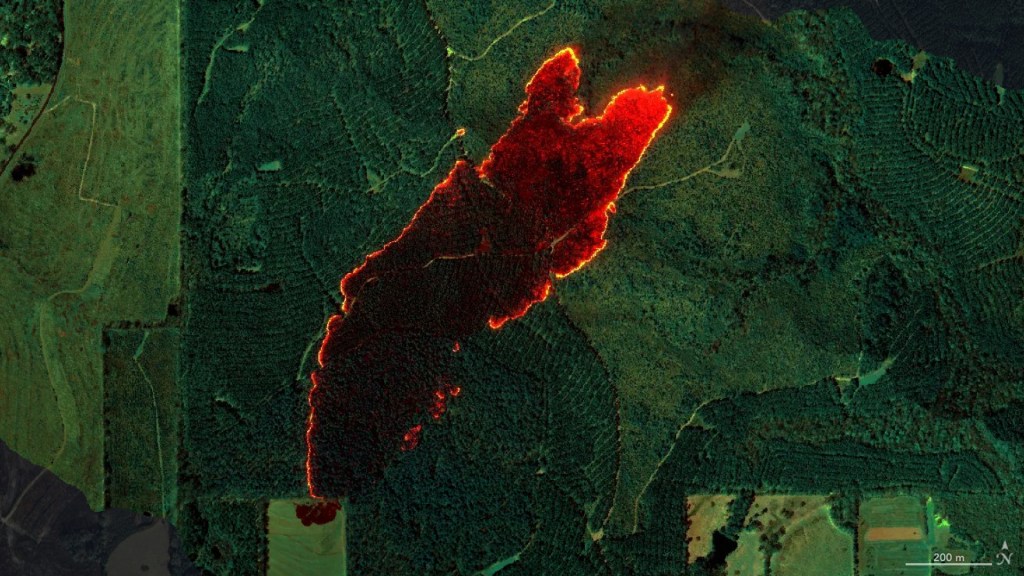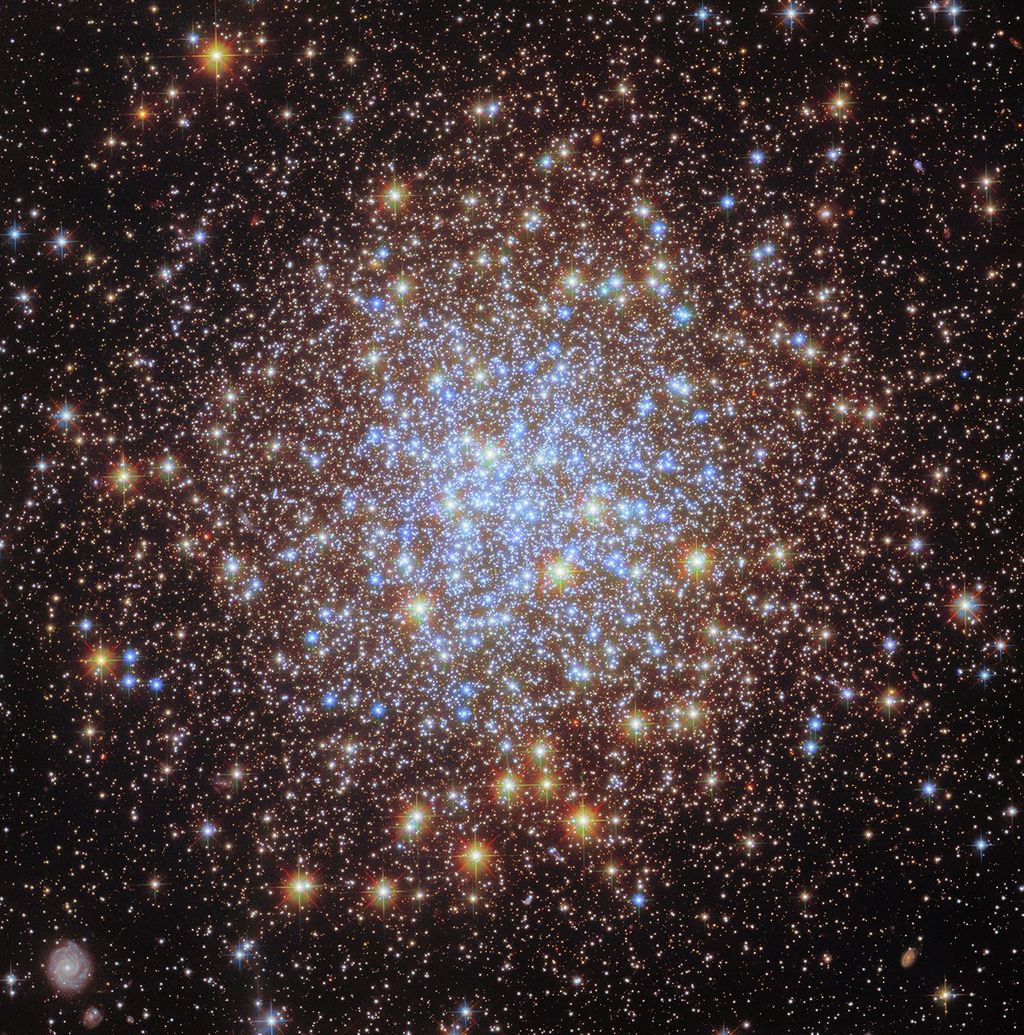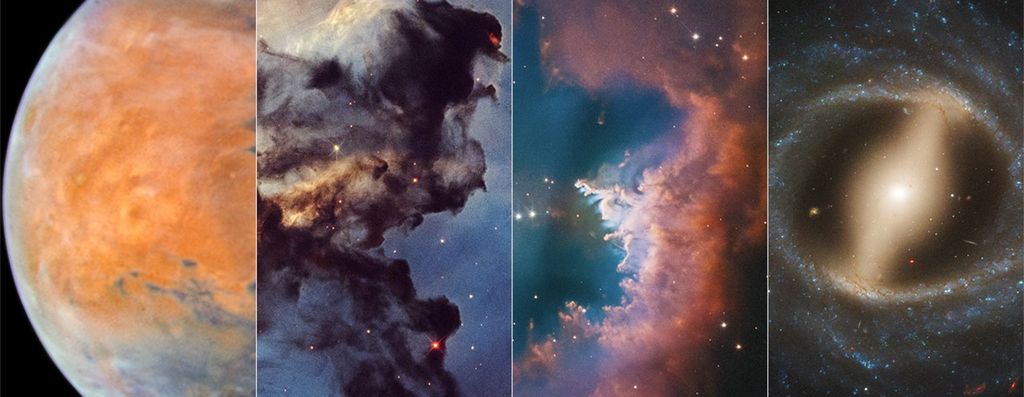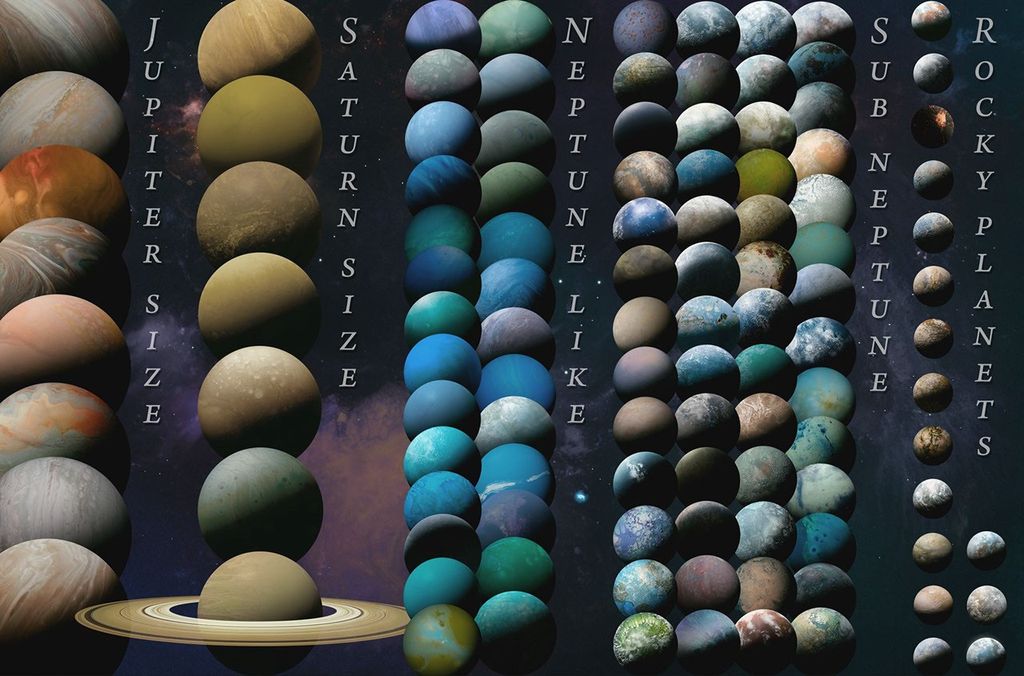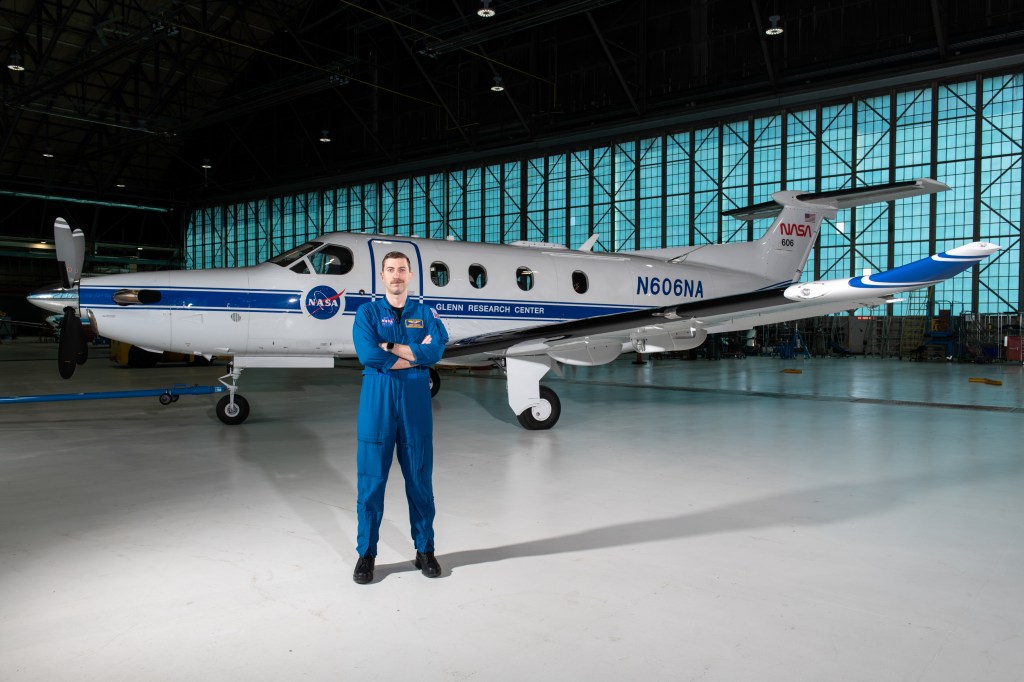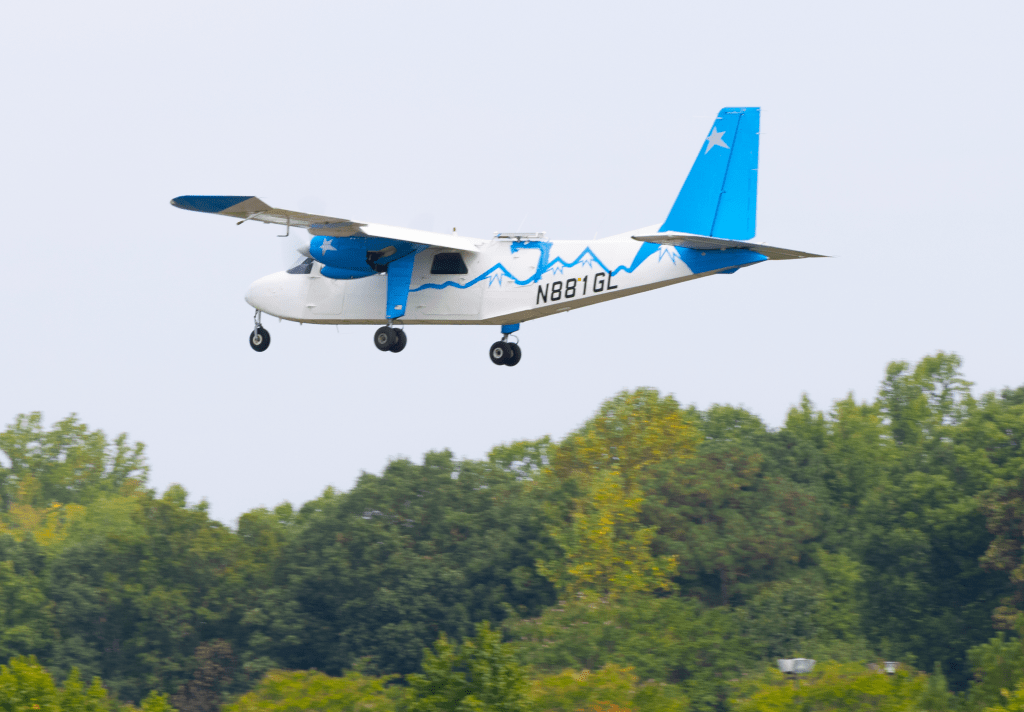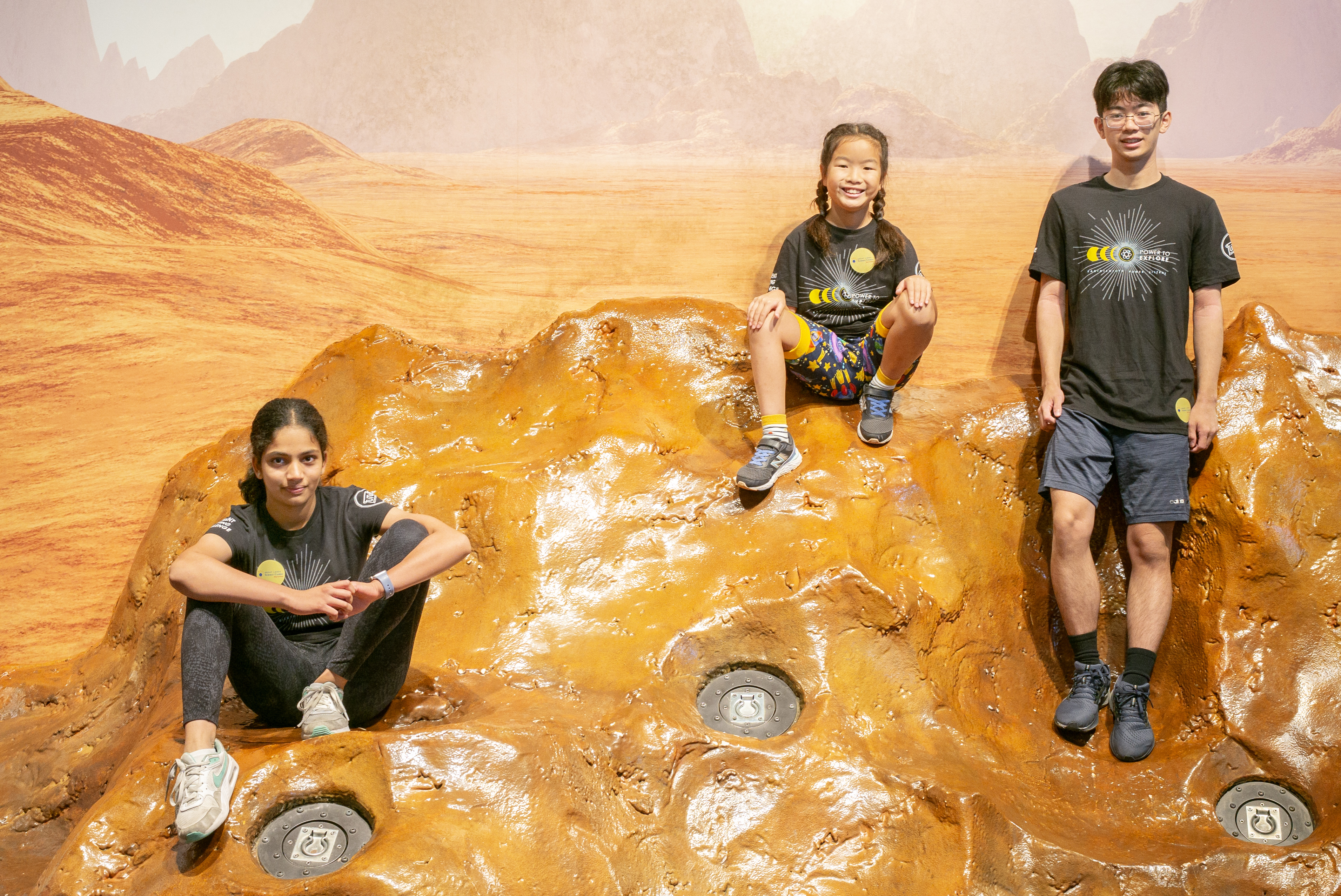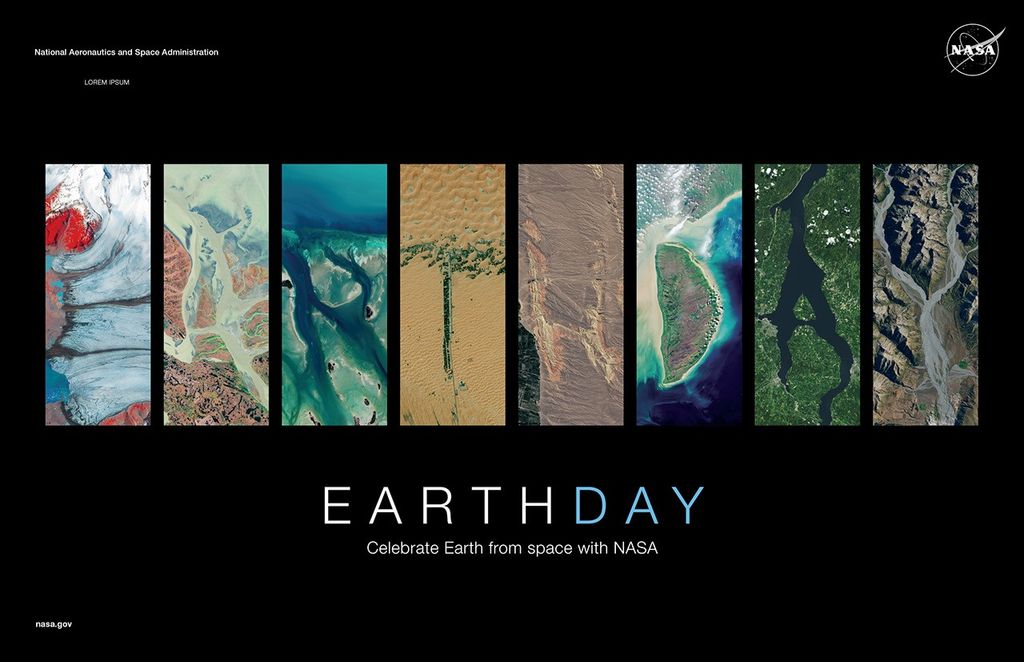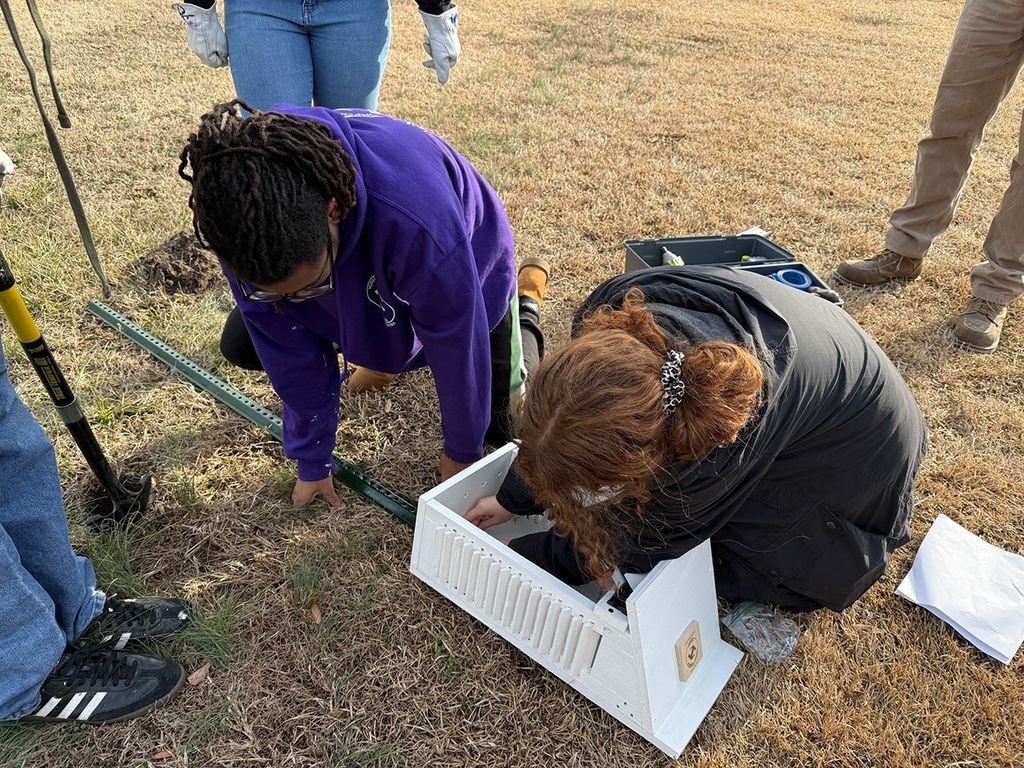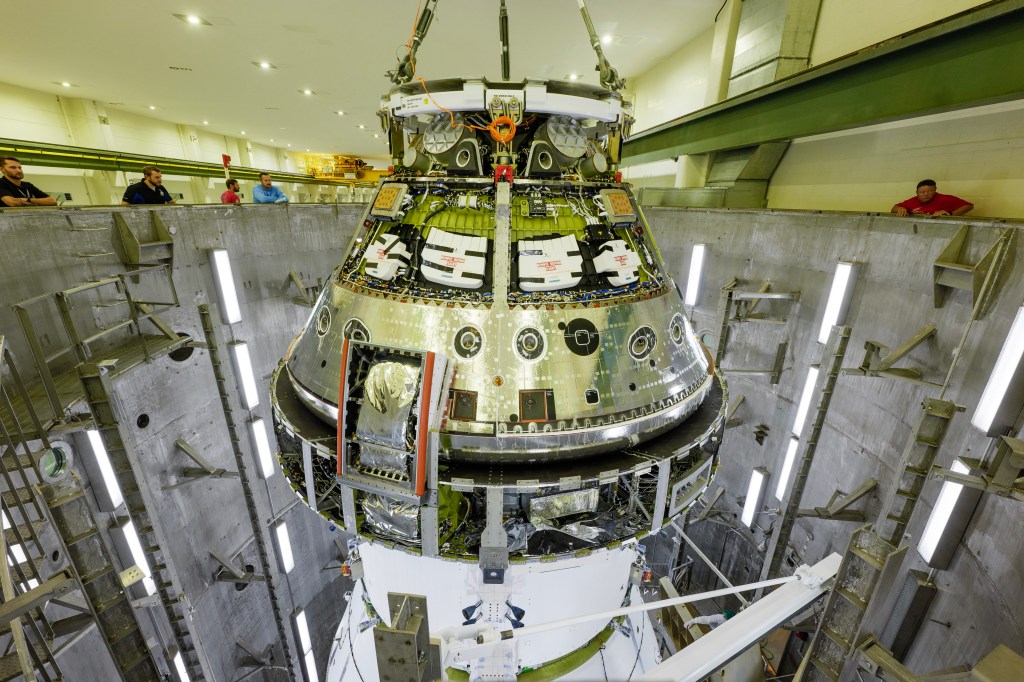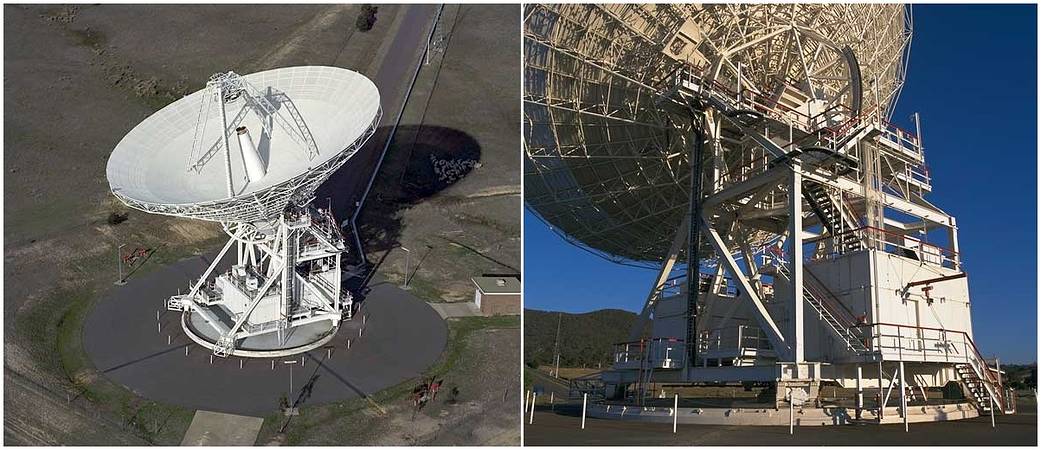
With Voyager 2’s successful Saturn encounter, the Jet Propulsion Laboratory (JPL) focused on Uranus, the next stop for Voyager 2. Uranus’ distance, which is twice that of Saturn to Earth, posed new challenges with communications. Antenna array studies were performed and it was determined that new 34 meter High Efficiency (HEF) antennas were needed. These 34 meter antennas would have X- and S-band capabilities, but would only be able to receive signals. A HEF antenna would be placed at each of the Deep Space Network (DSN) stations and arrayed with their respective 64 meter antenna, in order to the receive the signals from deep space. The antenna in Goldstone was the first to be completed. The antenna in Canberra, Australia was operational two months later.


